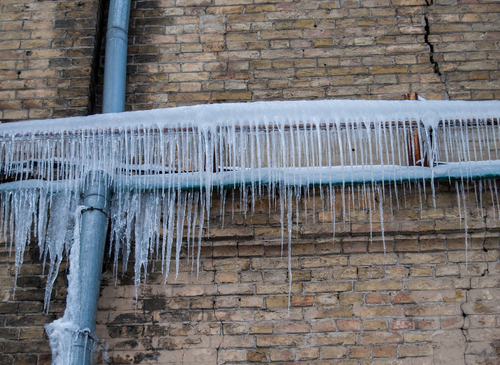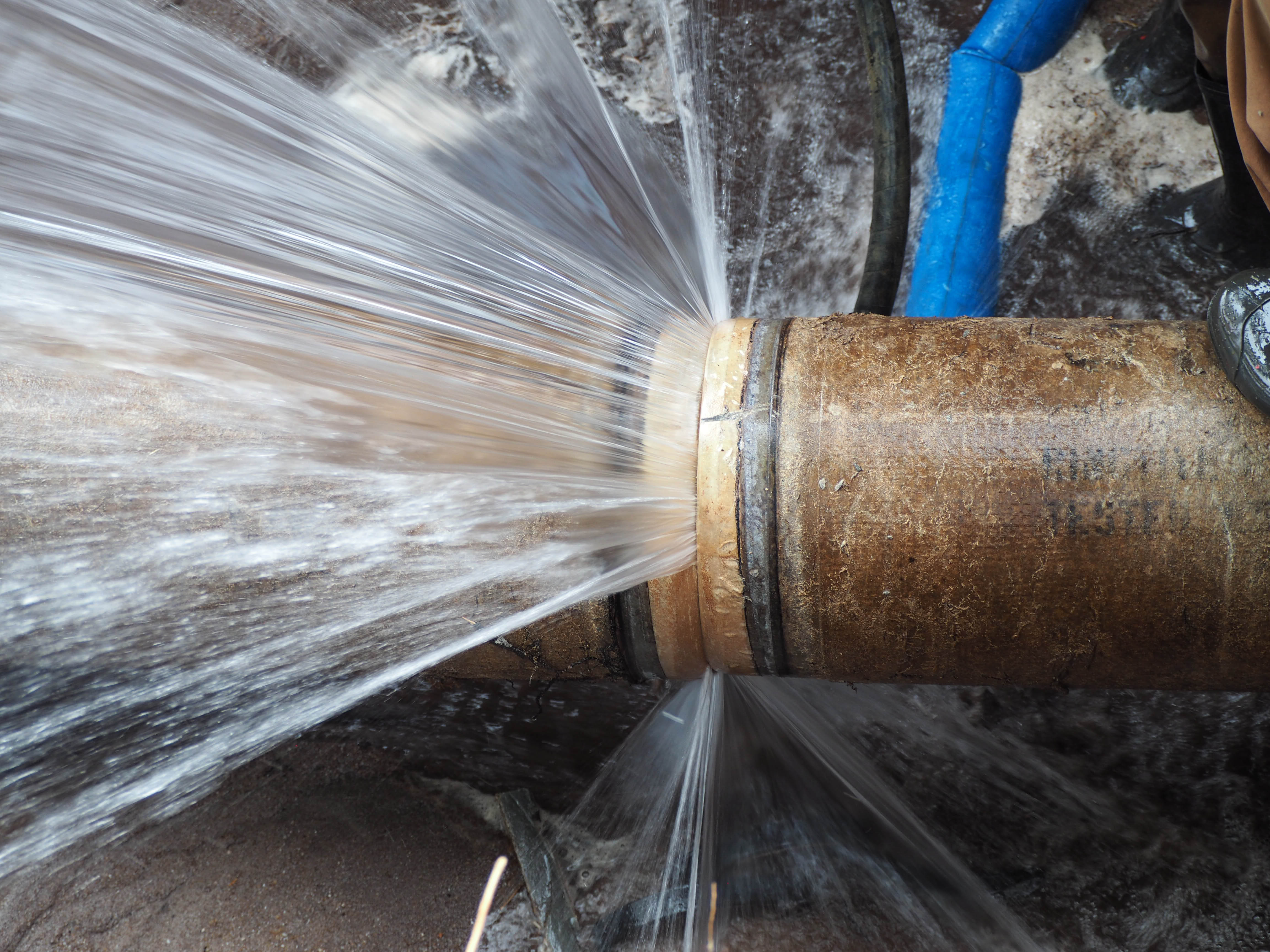Preventing Frozen Plumbing in Winter: Critical Advice
Preventing Frozen Plumbing in Winter: Critical Advice
Blog Article
On this page down the page you can discover additional worthwhile help and advice on the subject of How to Prevent Your Pipes From Freezing.

Winter can ruin your plumbing, especially by freezing pipes. Here's just how to avoid it from happening and what to do if it does.
Introduction
As temperature levels decline, the threat of frozen pipes increases, potentially resulting in costly repairs and water damages. Comprehending exactly how to prevent frozen pipelines is crucial for homeowners in cool environments.
Avoidance Tips
Protecting prone pipes
Cover pipes in insulation sleeves or use heat tape to protect them from freezing temperature levels. Concentrate on pipelines in unheated or outside locations of the home.
Heating strategies
Keep interior rooms appropriately heated, specifically locations with plumbing. Open cupboard doors to enable cozy air to flow around pipelines under sinks.
Exactly how to identify icy pipes
Look for reduced water flow from taps, unusual smells or sounds from pipes, and noticeable frost on exposed pipes.
Long-Term Solutions
Structural changes
Think about rerouting pipelines away from outside wall surfaces or unheated locations. Include additional insulation to attic rooms, cellars, and crawl spaces.
Updating insulation
Buy top quality insulation for pipes, attics, and wall surfaces. Appropriate insulation assists maintain constant temperature levels and reduces the danger of icy pipes.
Protecting Outdoor Pipes
Garden hoses and exterior taps
Separate and drain yard hoses before winter months. Install frost-proof faucets or cover outdoor taps with insulated caps.
Recognizing Frozen Pipelines
What causes pipelines to freeze?
Pipelines freeze when revealed to temperatures listed below 32 ° F (0 ° C) for prolonged durations. As water inside the pipes ices up, it increases, taxing the pipeline wall surfaces and potentially causing them to break.
Risks and problems
Icy pipelines can bring about water supply disturbances, building damage, and costly repair services. Ruptured pipelines can flooding homes and cause comprehensive structural damage.
Indications of Frozen Water Lines
Determining frozen pipes early can avoid them from bursting.
What to Do If Your Pipes Freeze
Immediate actions to take
If you suspect icy pipelines, keep faucets open to relieve stress as the ice thaws. Use a hairdryer or towels soaked in warm water to thaw pipes slowly.
Verdict
Stopping frozen pipelines needs proactive actions and quick responses. By recognizing the causes, indicators, and preventive measures, property owners can protect their plumbing during winter.
5 Ways to Prevent Frozen Pipes
Drain Outdoor Faucets and Disconnect Hoses
First, close the shut-off valve that controls the flow of water in the pipe to your outdoor faucet. Then, head outside to disconnect and drain your hose and open the outdoor faucet to allow the water to completely drain out of the line. Turn off the faucet when done. Finally, head back to the shut-off valve and drain the remaining water inside the pipe into a bucket or container. Additionally, if you have a home irrigation system, you should consider hiring an expert to clear the system of water each year.
Insulate Pipes
One of the best and most cost-effective methods for preventing frozen water pipes is to wrap your pipes with insulation. This is especially important for areas in your home that aren’t exposed to heat, such as an attic. We suggest using foam sleeves, which can typically be found at your local hardware store.
Keep Heat Running at 65
Your pipes are located inside your walls, and the temperature there is much colder than the rest of the house. To prevent your pipes from freezing, The Insurance Information Institute suggests that you keep your home heated to at least 65 degrees, even when traveling. You may want to invest in smart devices that can keep an eye on the temperature in your home while you’re away.
Leave Water Dripping
Moving water — even a small trickle — can prevent ice from forming inside your pipes. When freezing temps are imminent, start a drip of water from all faucets that serve exposed pipes. Leaving a few faucets running will also help relieve pressure inside the pipes and help prevent a rupture if the water inside freezes.
Open Cupboard Doors
Warm your kitchen and bathroom pipes by opening cupboards and vanities. You should also leave your interior doors ajar to help warm air circulate evenly throughout your home.

I am very serious about How To Avoid Freezing Pipes and I am hoping you liked my entry. In case you enjoyed reading our article plz consider to pass it around. Thanks a lot for going through it.
Get Started Report this page